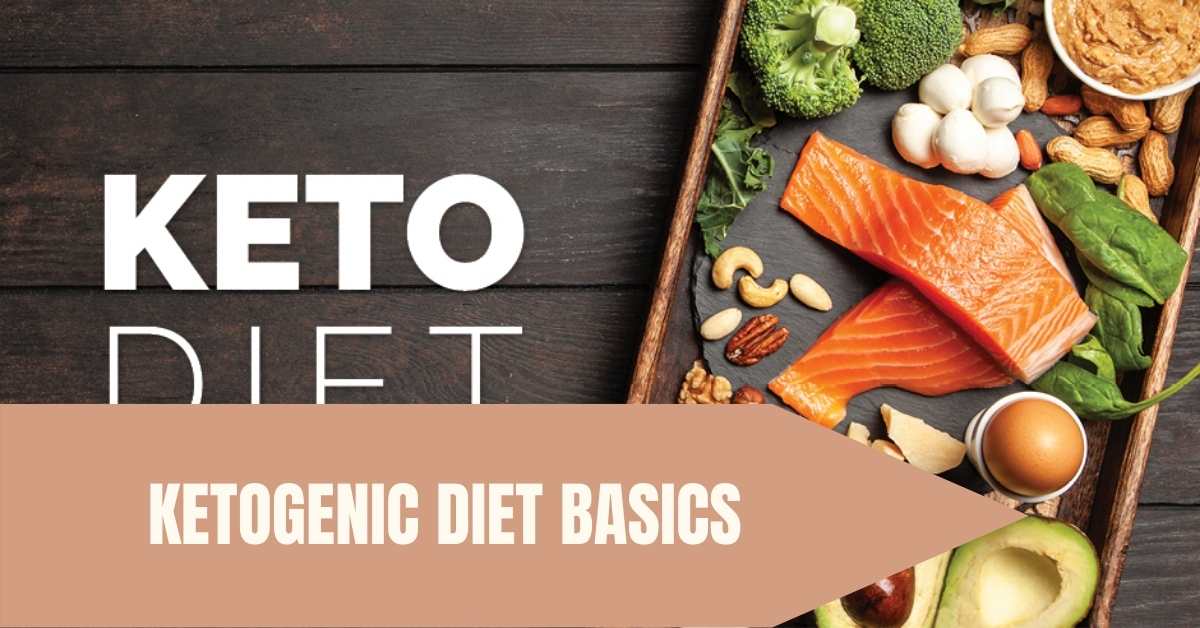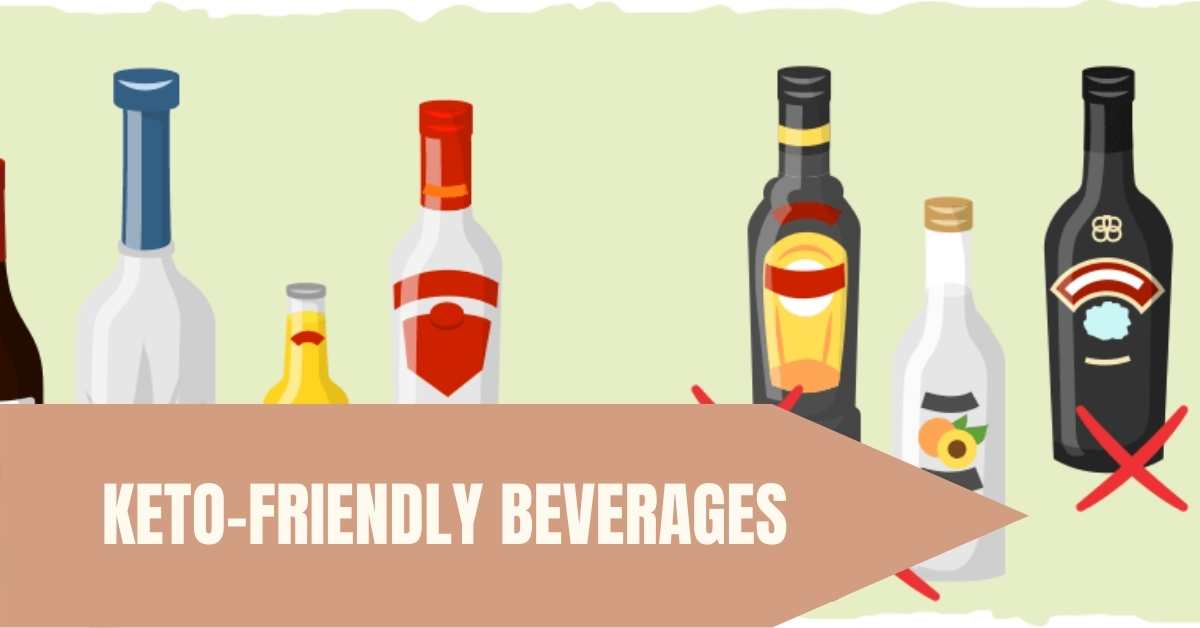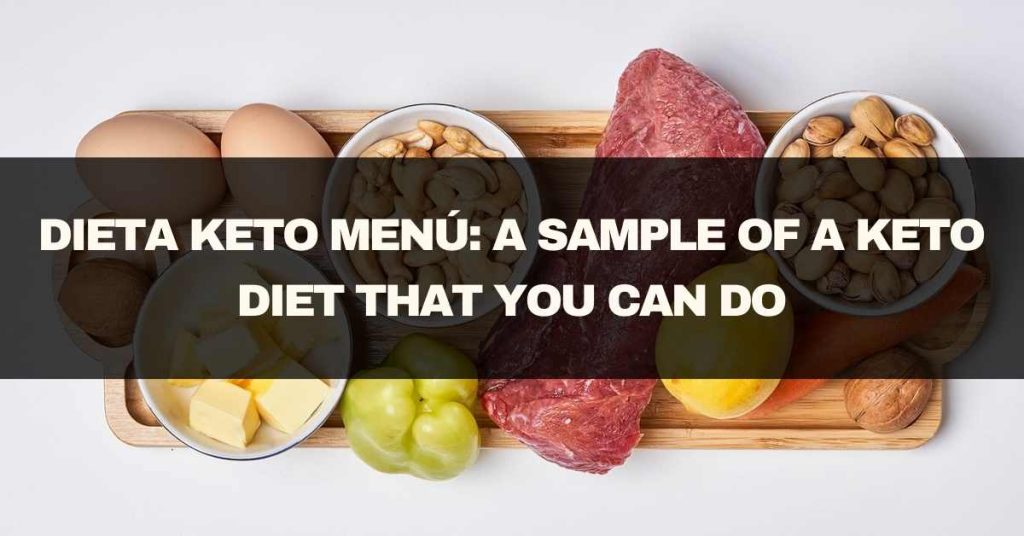If you’re in a diet or weight-loss discussion, odds are you’ll hear about the ketogenic, or keto, diet. The keto diet has become one of the most popular approaches for those looking to lose weight and improve their health around the world.
According to some research, following this low carbohydrate, high fat diet may stimulate fat reduction and improve glycemic control in persons with type 2 diabetes.
More research is needed to determine whether the keto diet has neuroprotective effects and helps enhance cognitive function in persons with Alzheimer’s disease.
While the keto diet appears to have certain advantages, it is usually rich in saturated fat. In some people, this can boost LDL (“bad”) cholesterol, increasing their risk of cardiovascular disease and cardiovascular events such as heart attack and stroke.
As a result, the keto diet may not be suitable for everyone.
Furthermore, the keto diet is not recommended for pregnant or nursing women, as well as those with kidney disease, liver disease, respiratory failure, cardiac arrhythmia, or type 1 diabetes.
If you’ve been thinking about attempting the keto diet and have received approval from your doctor, read on to learn more about what to eat and what to avoid while on the keto diet.

Table of Contents
Ketogenic diet basics
In general, the keto diet is low in carbs, high in fat, and moderate in protein.
Carbohydrate consumption on a ketogenic diet ranges between 5-10% of calories ingested, though looser variations of the diet exist.
Fats should replace the majority of your decreased carbs and account for 60-80% of your overall caloric intake.
Proteins should account for 10-30% of total energy requirements, while carbohydrates should be limited to 5%.
This carbohydrate restriction drives your body to use fat as its primary energy source rather than glucose, a process known as ketosis.
When you are in ketosis, your body uses ketones as an alternate fuel source. Ketones are molecules created in the liver from lipids when glucose is scarce. Furthermore, keto diets reduce hunger and promote satiety, which can be very beneficial when trying to lose weight.
According to research, ketogenic diets are efficient in promoting weight loss — but they may not be any more effective than other weight-loss regimens.
Ketogenic diet meal plan
Switching to a ketogenic diet may appear daunting, but it does not have to be. Your main goal should be to cut carbs while boosting the fat and protein amount of your meals and snacks.
Carbohydrates must be limited in order to achieve and maintain ketosis. While some people may only need 20 grams of carbs per day to reach ketosis, others may benefit from a higher carb consumption.
In general, the less carbohydrate you consume, the easier it is to enter and maintain ketosis.
This is why eating keto-friendly foods and avoiding carb-heavy foods is the most effective approach to lose weight on a ketogenic diet.
Keto-friendly foods
Meals and snacks should revolve around the following foods while following a ketogenic diet:
- Eggs can be pastured, organic, or conventional.
- Poultry includes chicken and turkey.
- Salmon, herring, and mackerel are examples of fatty fish.
- Beef, venison, hog, organ meats, and bison are all examples of meat.
- Full-fat dairy products include unsweetened yogurt, butter, and cream.
- Cheddar, mozzarella, brie, goat cheese, and cream cheese are all full-fat cheeses.
- Macadamia nuts, almonds, walnuts, pumpkin seeds, peanuts, and flaxseeds are examples of nuts and seeds.
- Peanut, almond, and cashew butters with no added sugar
- Olive oil, avocado oil, and sesame oil are all high in healthful fats.
- Avocados: Add whole avocados to practically any meal or snack.
- Greens, broccoli, tomatoes, mushrooms, and peppers are examples of non-starchy vegetables.
- Seasonings include salt, pepper, vinegar, lemon juice, fresh herbs, and spices.
Foods to limit
When following a keto diet, it’s best to avoid or minimize carbohydrate-rich foods wherever feasible.
Limit your intake of the following foods:
- White bread, whole wheat bread, crackers, cookies, doughnuts, and rolls are examples of bread and baked products.
- Sugar, ice cream, sweets, maple syrup, honey, agave syrup, and coconut sugar are examples of sweet and sugary meals.
- Soda, juice, sweetened teas, and sports drinks are examples of sweetened beverages.
- Spaghetti and other noodle dishes
- Wheat, rice, oats, breakfast cereals, and tortillas are examples of grains and grain products.
- Potatoes, sweet potatoes, butternut squash, corn, peas, and pumpkin are examples of starchy vegetables.
- Black beans, chickpeas, lentils, and kidney beans are examples of legumes and beans.
- Citrus fruits, grapes, bananas, and pineapple
- BBQ sauce, ketchup, honey mustard, sugary salad dressings, and dipping sauces are examples of high carb sauces.
- Beer and sweet mixed drinks are examples of alcoholic beverages.
Though carbs should be limited, low glycemic fruits like berries can be consumed in moderation as long as you maintain a keto-friendly range of macronutrients (carbs, protein, fat).
Choose plenty of whole foods and avoid processed meals and trans fats whenever feasible.

Keto-friendly beverages
Sugar is present in many beverages, including juice, soda, iced tea, and coffee drinks. High carb drinks, like high carb foods, should be limited or avoided while on a ketogenic diet.
Sugary beverages have also been related to a variety of health issues, ranging from obesity to an increased risk of type 2 diabetes.
For individuals on the keto diet, there are numerous tempting sugar-free options. Keto-friendly beverages include the following:
- Water. Water is the finest hydration option, and it should be drank throughout the day.
- Water that sparkles. Sparkling water is a good soda substitute.
- Coffee without sugar. To add flavor to your coffee, try using heavy cream.
- Green tea without sugar. Green tea is tasty and may have numerous health advantages.
Experiment with different keto-friendly flavor combinations to add some extra taste to your water. Tossing some fresh mint and a lemon peel into your water bottle, for example, can make hydration a breeze.
Though alcohol should be used in moderation, a low carb drink like vodka or tequila combined with soda water is permissible on the keto diet.
A sample keto menu for 1 week
The menu below contains fewer than 50 grams of total carbohydrates per day. As previously said, some people may need to cut carbohydrates even lower in order to achieve ketosis.
This is a generic one-week ketogenic program that can be modified to meet individual nutritional demands.
Monday
- Breakfast consists of two eggs cooked in butter and served with sautéed greens.
- Lunch: a bunless burger atop a bed of greens with cheese, mushrooms, and avocado.
- Dinner: pork chops with sautéed green beans in olive oil
Tuesday
- Breakfast: omelet with mushrooms
- Tuna salad with celery and tomato on a bed of greens for lunch
- Roast chicken with cream sauce and sautéed broccoli for dinner
Wednesday
- Breakfast: stuffed bell pepper with cheese and eggs
- Arugula salad with hard-boiled eggs, turkey, avocado, and blue cheese for lunch
- Dinner: grilled fish with sesame-sauteed spinach
Thursday
- Full-fat yogurt with Keto granola for breakfast
- Steak bowl with cauliflower rice, cheese, herbs, avocado, and salsa for lunch
- Bison steak with cheesy broccoli for dinner
Friday
- Baked avocado egg boats for breakfast
- Caesar salad with chicken for lunch
- Pork chops with vegetables for dinner
Saturday
- Cauliflower toast with cheese and avocado for breakfast
- Pesto-topped salmon burgers without buns for lunch
- Meatballs with zucchini noodles and Parmesan cheese for dinner
Sunday
- Breakfast: chia pudding with coconut and walnuts made with coconut milk.
- Cobb salad with greens, hard-boiled eggs, avocado, cheese, and turkey for lunch
- Coconut chicken curry for dinner
As you can see, ketogenic meals can be varied and tasty.
Although many ketogenic meals use animal ingredients, there are numerous vegetarian options available as well.
If you follow a more liberal ketogenic diet, you can increase the number of carbs in this meal plan by adding a cup of berries to your morning or a small dish of a starchy vegetable to your dinner.


